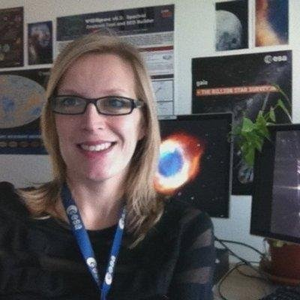Your comments
Dear Ron,
Currently this functionality you describe isn't available in ESASky. However, in our next release (this month!) we are adding a Grid that you can switch on and off on top of the sky. Here's a screenshot on the Christmas Tree cluster:

Let us know if this will be enough for you to work out your telescopes FOV.
Kind regards,
Deborah
Many thanks for your suggestions. We'll add these to our backlog and let you know once it's possible.
For some information, we'll soon (next few months) be releasing an ESASky python widget, in which you will be able to load ESASky into a Jupyter notebook and then visualise any catalogue (or subset) using astroquery, which includes VizieR!
Kind regards,
Deborah
Dear John,
The latest version of ESASky now provides range filtering, where you can either type in the range, or use the scroll bar.
We hope this fits your needs.
Many thanks and regards,
Debbie, on behalf of the ESASky team
Customer support service by UserEcho


Dear Ron,
Currently this functionality you describe isn't available in ESASky. However, in our next release (this month!) we are adding a Grid that you can switch on and off on top of the sky. Here's a screenshot on the Christmas Tree cluster:
Let us know if this will be enough for you to work out your telescopes FOV.
Kind regards,
Deborah